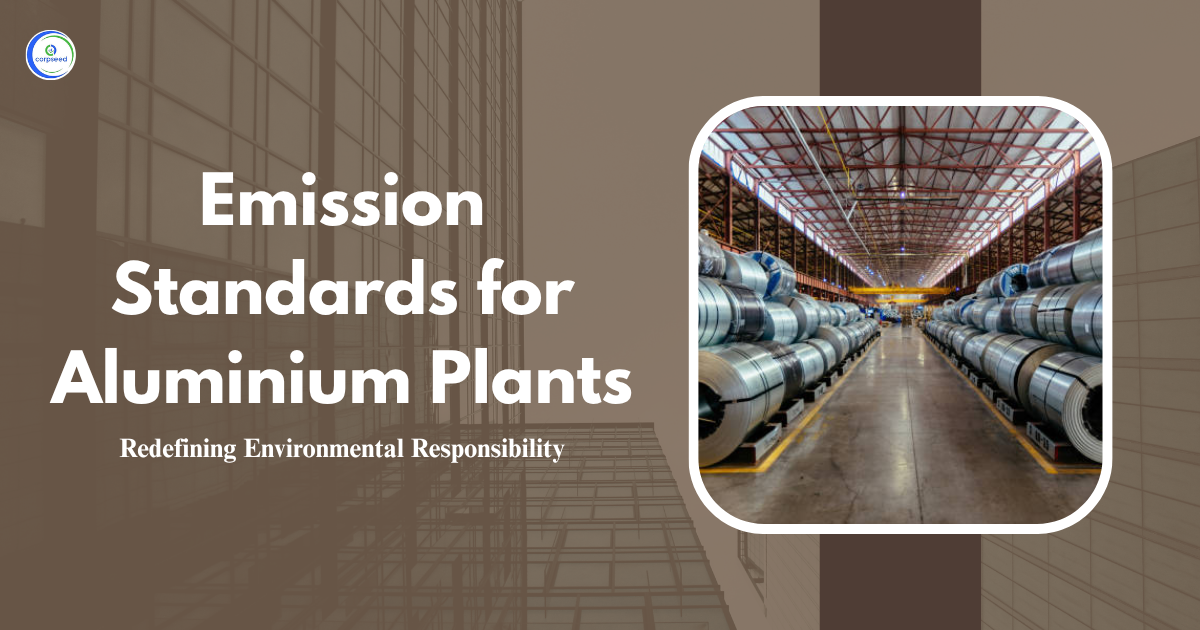The standards for emission or discharge of Environmental pollutants for asbestos manufacturing units play an important role in controlling pollution and ensuring environmental protection. These standards are imposed by the Central Pollution Control Board (CPCB) and the State Pollution Control Board (SPCB) under the Environment (Protection) Act. Asbestos, a hazardous material used for insulation and construction, poses major environmental and health risks when discharged into the air or water. Hence, stringent environmental regulations are vital to mitigate pollution and prevent exposure to harmful fibers during asbestos manufacturing and processing of asbestos.
Table of Contents
- Asbestos Manufacturing Units and Their Environmental Pollutants
- Impact of Asbestos Manufacturing on Environment and Health
- Significance of Emission Standards for Asbestos Manufacturing Units
- Effluent Standards for Asbestos Manufacturing Units
- Monitoring and Reporting of Emissions and Effluents
- Conclusion
Asbestos Manufacturing Units and Their Environmental Pollutants
Asbestos manufacturing units include similar industries engaged in the manufacture of asbestos sheets, pipes, brake linings, roofing materials, and insulation products. These units are often involved in chopping, grinding, mixing, and making processes that discharge contaminants. Major sources of pollution are releases of asbestos fibers into the air, chemical-laden wastewater, and solid waste produced from residue material. If not accurately regulated, these contaminants can pollute the surrounding, air, soil and water reservoirs, posing serious risks to workers and neighbouring communities. Thus, monitoring these activities is necessary to maintain ecological balance and public health.
Impact of Asbestos Manufacturing on Environment and Health
Asbestos processing units can severely affect both environmental and human health. The toxic fibers emitted during manufacturing can remain in the air and water for long durations. Some of its common impact include:
- Airborne Asbestos Fibers: The emission of asbestos dust during the cutting or crushing process pollutes the quality of air. Inhalation of these fibers can lead to asbestosis, lung cancer, and mesothelioma.
- Water Contamination: Wastewater from asbestos units comprises harmful fibers and chemicals. Emissions in aquatic bodies results in pollution, affecting aquatic life and neighbouring human populations.
- Soil Pollution: Improperly locating asbestos waste on land can result in long-term pollution of the soil, minimizing its fertility and increased health risks to surrounding communities.
- Occupational Health Risks: Workers directly exposed to asbestos fibers can face long-term health problems. Without protecting measures, the risk of chronic respiratory diseases is high.
- Ambient Air Pollution: Fine particles of asbestos can travel with the wind and settle far from the source. Continued discharge in local air pollution levels, affects wider areas.
--------------Blog Contact Form-------------
Significance of Emission Standards for Asbestos Manufacturing Units
Emission standards are important to control pollution, ensure public safety, and adhere with environmental regulations. These standards guide the units in controlling their waste and emissions efficiently.
- Protection of Public Health: Emission standards limit the discharge of asbestos fibers into the environment, directly mitigating health risks to both workers and neighbouring residents.
- Environmental Preservation: These principles help avoid pollution of air, eater, and soil, confirming environmental balance and safeguard the biodiversity near industrial areas.
- Regulatory Compliance: Complying with CPCB and SPCB guidelines ensures that manufacturing units function legally and avoid any penalties or closures due to violations.
- Improved Workplace Safety: Emission control appliances improve the safety of working environments, minimizing the chances of accidents and long-term occupational hazards.
- Sustainable Industrial Practices: By following these standards, industries implement cleaner technologies, mitigate resource wastage, and contribute to sustainable development goals.
Effluent Standards for Asbestos Manufacturing Units
As per CPCB guidelines, the following effluent discharge limits are valid for asbestos manufacturing units:
- pH: 5.5 to 9.0
- Suspended Solids: Max. 100 mg/L
- Oil and Grease: Max. 10 mg/L
- Asbestos (Total): Max. 2 mg/L
These values ensure that no wastewater discharging from the facility exceeds acceptable levels and does not harm aquatic ecosystems or groundwater. Treatment systems like sediment tanks, filtration, and chemical coagulation are crucial to minimize contaminant levels in effluents.
Also Read: Effluent Discharge Standards for Petroleum Oil Refinery
Monitoring and Reporting of Emissions and Effluents
Every asbestos manufacturing unit should regularly monitor air emissions and wastewater discharges. This comprises sampling stack emissions, ambient air quality, and wastewater emissions at scheduled intervals. Reports need to be submitted to the respective SPCB and CPCB in a particular format. Monitoring should include asbestos fiber counts using standard methods like Phase Contrast Microscopy (PCM). An online continuous emissions monitoring system (CEMS) can also be installed as per the board’s instructions. Accurate record keeping helps ensure transparency, track compliance and support timely curative action when needed.
Conclusion
Applying and following the standards for emission or discharge of environmental pollutants for asbestos manufacturing units is vital for mitigating harmful contact to toxic fibers and ensure a healthy environment. These regulations, which are imposed by the CPCB and monitored by the SPCBs, function as a framework for sustainable and accountable industrial actions. With proper waste management, constant monitoring, and compliance with emission principles, asbestos-based industries can reduce their environmental impact and protect both human health and nature.
This portion of the site is for informational purposes only. The content is not legal advice. The statements and opinions are the expression of author, not corpseed, and have not been evaluated by corpseed for accuracy, completeness, or changes in the law.
BOOK A FREE CONSULTATION
Get help from an experienced legal adviser. Schedule your consultation at a time that works for you and it's absolutely FREE.
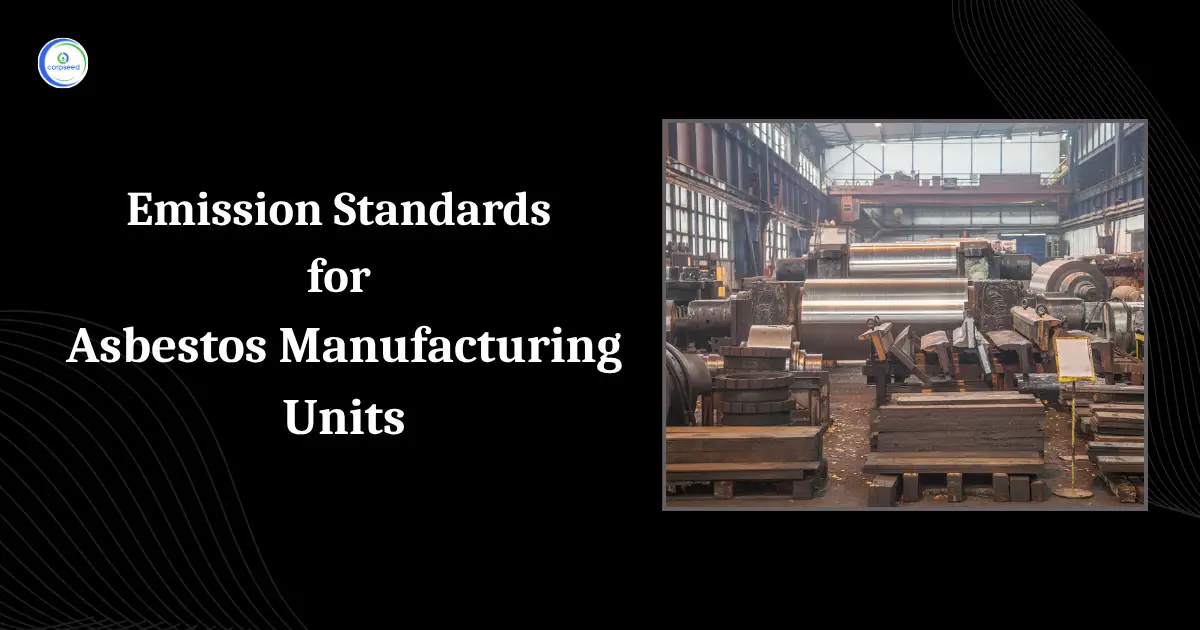

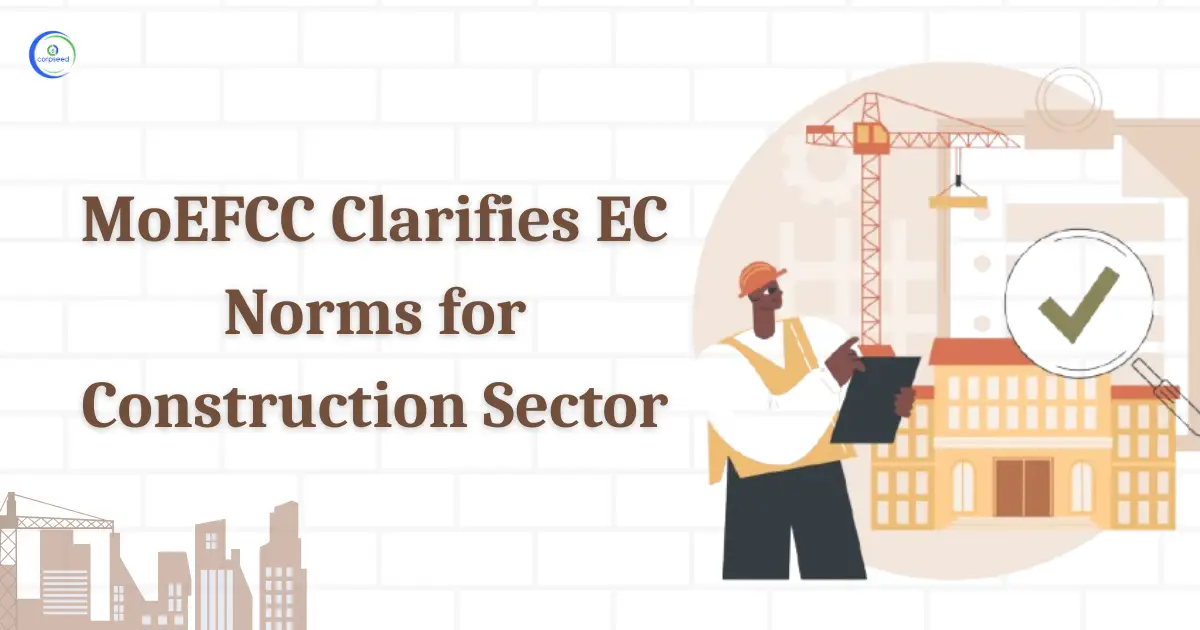
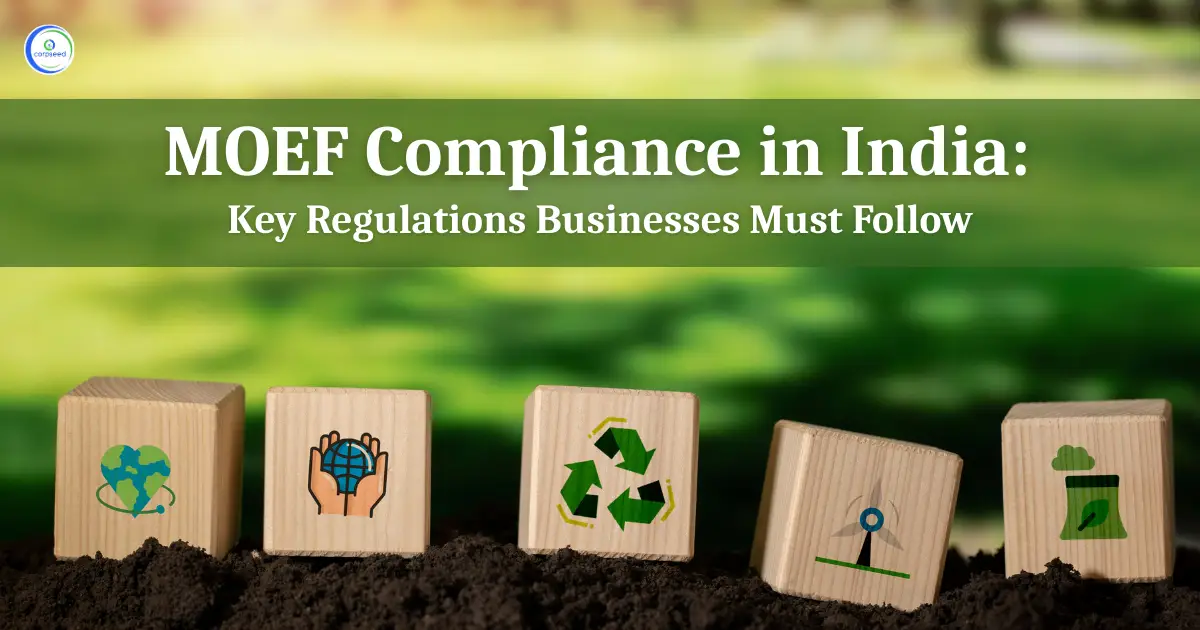
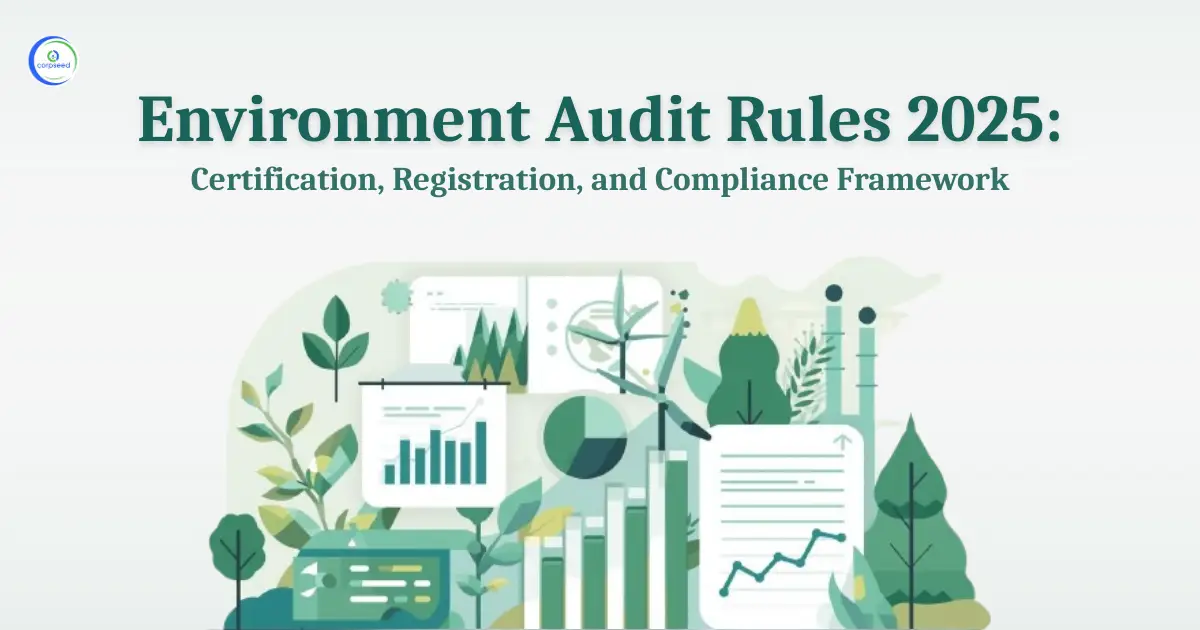
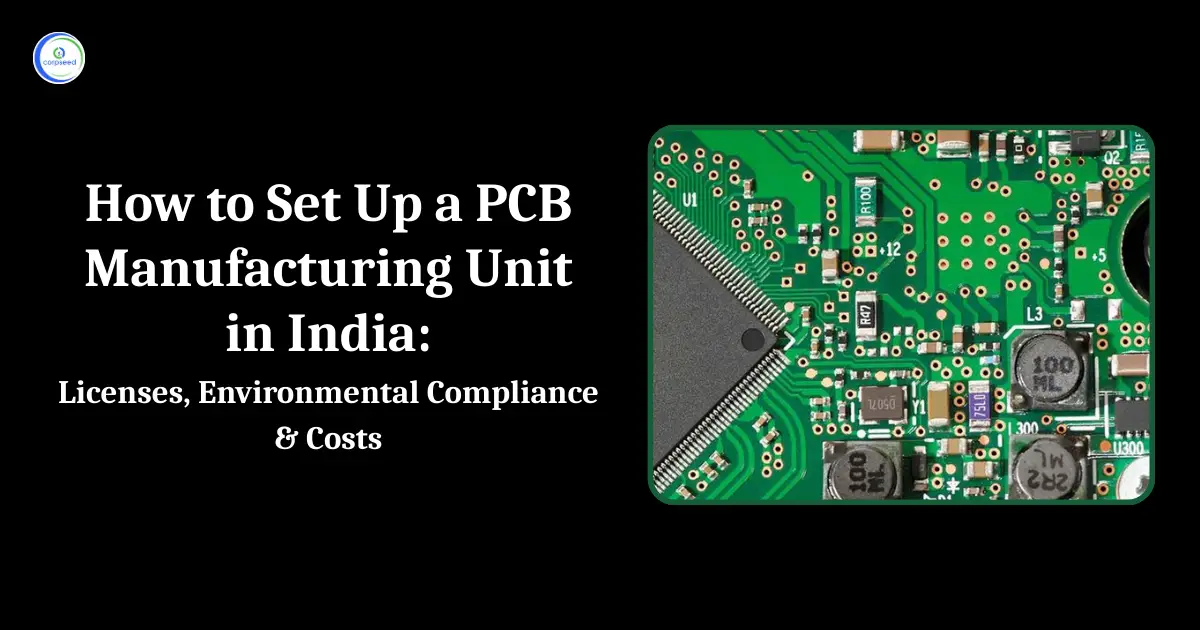
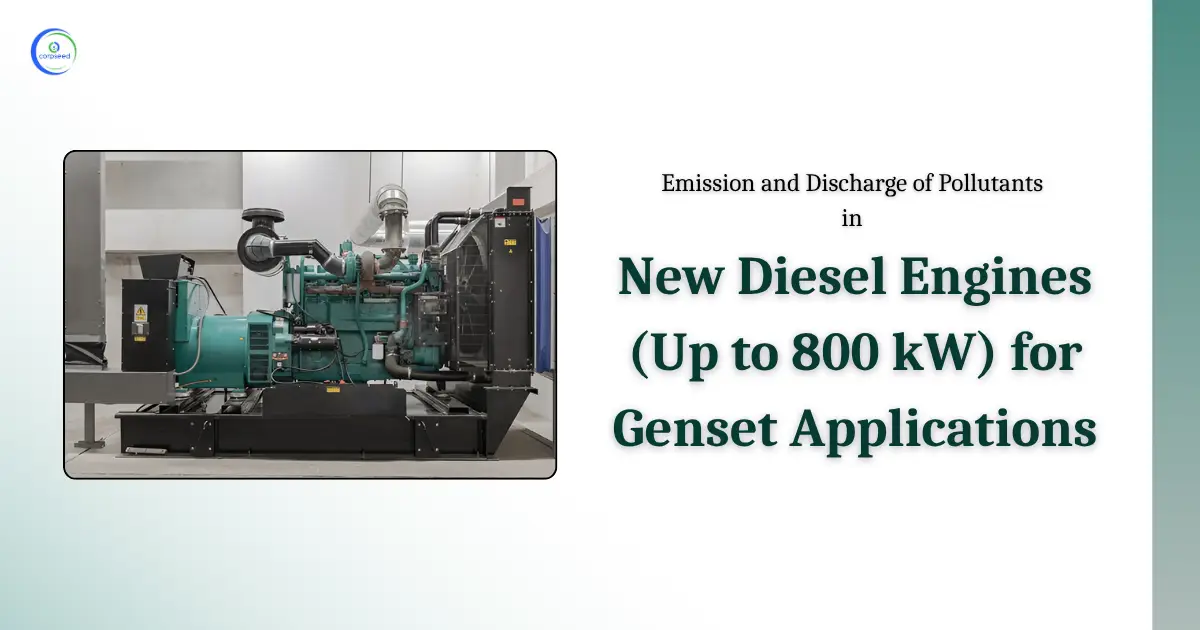
_Corpseed.webp)
.webp)
